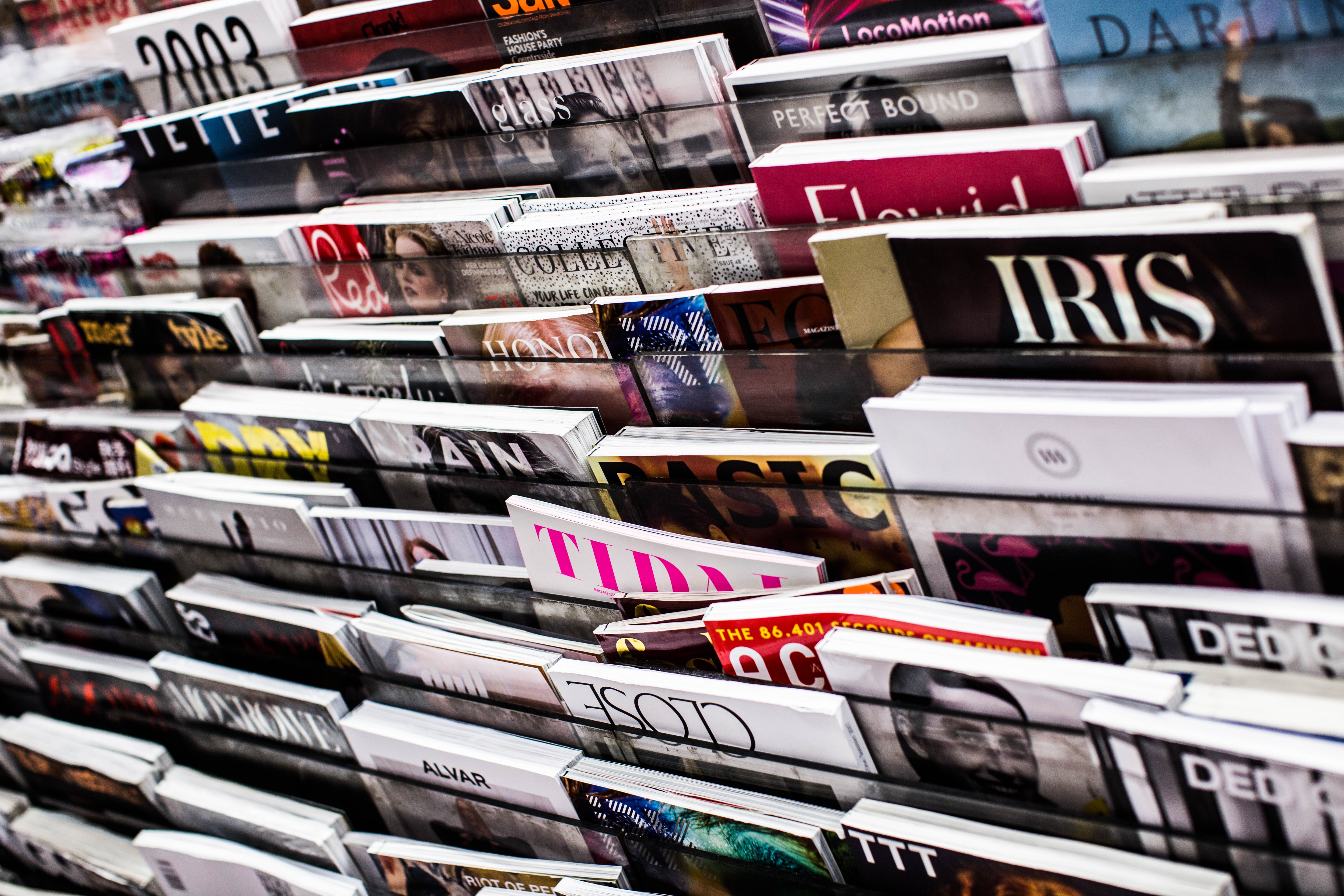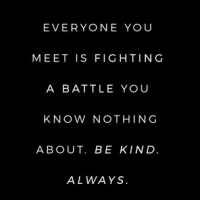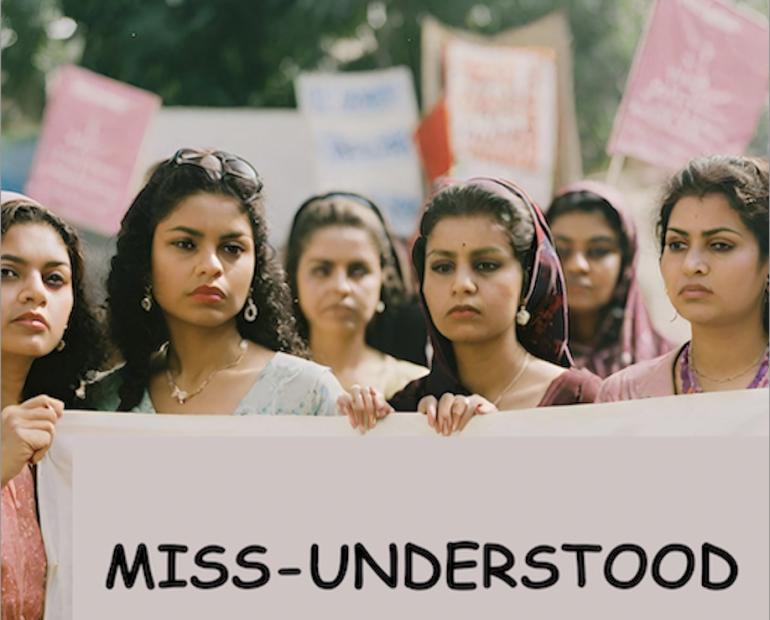
When strolling through the market, undoubtedly, you’ll notice the heralded fashion publications placed on a magazine rack. These laminated treasures, often labeled with double entendre headlines, are sure to capture your attention and lure you in. In these blinding prints, you’ll find waifish models in eccentric sartorial choices, celebrity campaigns, and tips on how to best flatter the opposite sex. While the fashion world, especially its dominant print publications, is no stranger to inquiries about self-dissatisfaction, body image, and gender norms, there is currently room for the examination of what type of appeals create the concept of “ideal beauty” in modern society.
Often belittled for its encouragement of social comparison and clear gender norms, one can firmly state that fashion magazines aren’t unflawed. Although subtle, it is apparent that they promote strict social standards. The ceaseless amount of advertisements featured provoke a need for people to conform to these ideals. The women who are featured in these promotions are often demure, weak, and objectified. Betty Friedan’s Feminine Mystique criticized the blatant emphasis on stick-thin models, bringing notice to eating disorders. Questionable photography has brought on condemnation for embodying nudity, making people believe that nudity is sexual. There is nothing inherently sexual about nudity. You can be sexual with all your clothes on and you can be chaste with no clothes. Portrayals of women as damsels is a classic problem and brings up the question of glamour in our modern world. An anonymous author of yore from The Atlantic asserts, “…there seems to me in all this work, a fatal tendency away from close study of individual characteristics…rather foolish types…just like the wax figures of show windows. Is this our nearest approach to the presentation of ideal beauty?”
Ads that are not fashion related find their way into the magazine and promote the same beliefs. The Samsung washing machine ad suggests the idea of associating domestic responsibilities with women, while men are expected to be adventurous yet serious, associating themselves with business, as showcased in the ad for many cars. Images of male models often consist of slim men with either youthful figures or extremely muscular bodies in tight fitted clothing. This has resulted in men placing more emphasis on their appearance and physique than ever. The narrow masculine standards of being brave, strong, effective, and rational can lead to discrimination against those who deviate from them. That being said, men fit into societal expectations just like women. This raises the question: What is ideal beauty? It is unethical to ignore the influence that these magazines have on society, but we’ve been made to believe that these beauty standards are the brute fact of reality, and to question it would be insanity.
In many ways, fashion has become a modern political force, exerting its power through images and texts. Fashion magazines, particularly, have become the driving forces in the 21st-century social movements, allowing us to highlight problems that have often been overlooked by mainstream media and news publications. With the rise in self-censorship, social comparison, and self-dissatisfaction due to the idea of not fitting the expected standards, one must ask, what is ideal beauty?






